What will happen to the world's forests in this warming world? Grow taller because of increased carbon dioxide in the atmosphere? Or is growth inhibited by extreme temperatures and precipitation? It all depends on which of the two limiting factors of tree growth, photosynthesis and tree cell growth, dominates. This is a basic question in tree biology, but the answer has been unclear for a long time.
In this week's issue of science, a study led by researchers at the University of Utah found that what really limits tree growth is usually not photosynthesis, but cell growth. This shows that in the context of climate change, we need to rethink the way we predict forest growth: forests in the future may not absorb as much carbon from the atmosphere as we think.
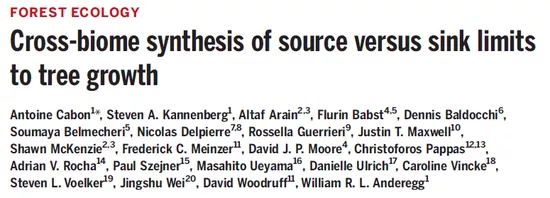
"A tree grows like a carriage moving along the road," said Professor William Anderegg, who led the study. "But we basically don't know whether the common 'horse' is photosynthesis or cell expansion and division."
We learned the basics of tree growth when we were young. Trees produce food through photosynthesis and convert sunlight, carbon dioxide and water into leaves and wood. However, there is more to this story. To convert the carbon obtained from photosynthesis into trees, tree cells need to expand and divide.
Trees get carbon from the atmosphere through photosynthesis, which is the carbon source of trees; Then, trees use this carbon to build new tree cells, which is the carbon sink of trees.
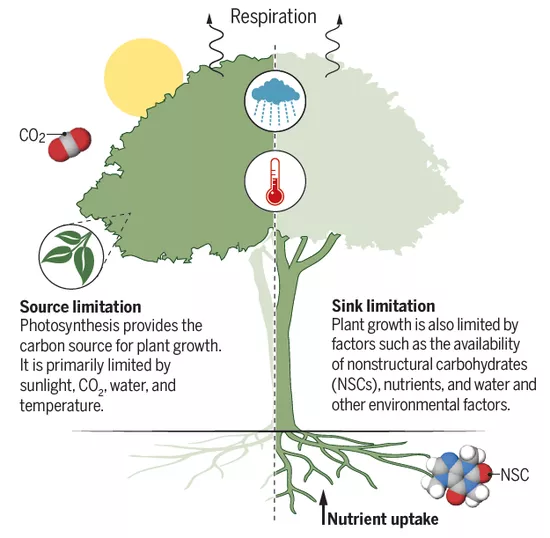
If the growth of trees is limited by carbon source, the limiting factor is only how much photosynthesis trees can carry out, so it is relatively easy to predict the growth of trees in the mathematical model. Therefore, the rising carbon dioxide in the atmosphere should alleviate this restriction and make trees grow taller, right?
On the contrary, if the growth of trees is determined by carbon sink, the growth rate of trees can only be as fast as the rate of cell division. Many factors can directly affect photosynthesis and cell growth rate, including temperature, available water and nutrients. Therefore, if the growth of trees is determined by carbon sink, the impact of these factors on carbon sink must be included when simulating the growth of trees.
The researchers tested the problem by comparing the carbon sources and sinks of trees in North America, Europe, Japan and Australia. Measuring carbon sinks is relatively easy, and researchers collect samples from trees that contain growth records. Measuring the width of each ring on the tree ring can basically reconstruct the process of tree growth.
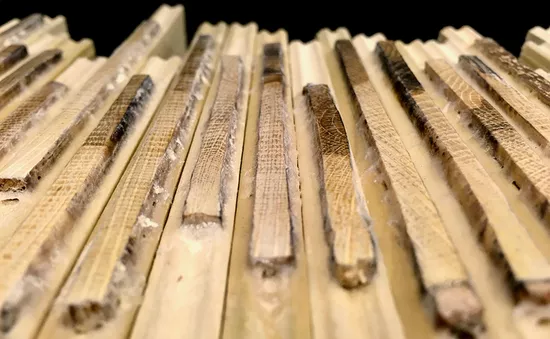
In contrast, measuring carbon sources is feasible, but more difficult. The source data were measured using 78 vorticity covariance towers at least 9 meters high, which measured carbon dioxide concentration and wind speed at the top of the forest canopy in three dimensions. Based on these measurements and other calculations, researchers can estimate the total forest photosynthesis of forest stands.
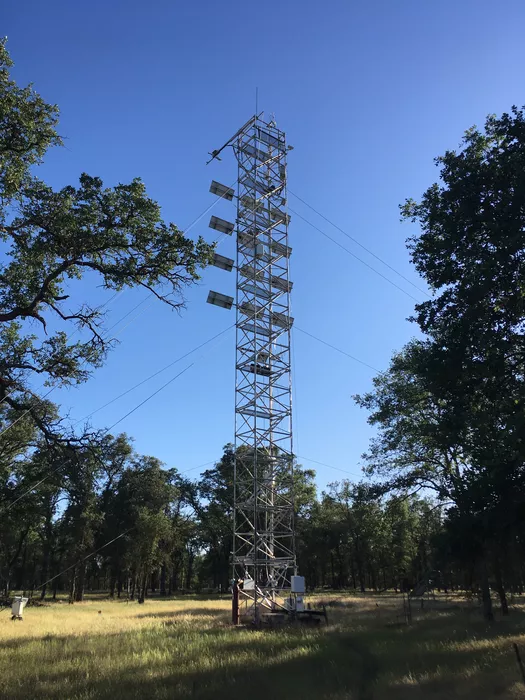
The researchers analyzed the data they collected and tried to find evidence that tree growth and photosynthesis are interrelated or coupled processes. However, they did not find such a connection. When photosynthesis increased or decreased, tree growth did not change.
"When tree growth is limited by resources, it is expected that there will be a strong coupling between photosynthesis and tree growth," said Dr. Antoine cabon, the first author of the paper. "However, what we mainly observed is not a strong coupling, which leads us to conclude that tree growth is not determined by carbon sources."
Surprisingly, this decoupling phenomenon appears in the global environment. Researchers did expect to see some decoupling in some places, but they didn't expect this decoupling model to be so common.
Researchers are interested in what conditions lead to stronger or weaker decoupling. For example, fruit bearing and flowering trees and conifers show different carbon source carbon sink relationships. The diversity in the forest increases the coupling, while the dense and mutually covered canopy reduces the coupling.
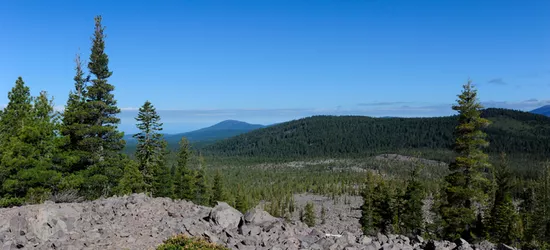
The study also found that the problem of carbon source and carbon sink depends on the environment and climate of trees, which means that climate change may reshape the distribution map of the world's forest resources and carbon sink restrictions.
An important insight from this study is that when using mathematical equations and plant characteristics to estimate future forest growth, it may be necessary to update the vegetation model, because almost all current models assume that tree growth is determined by carbon source.
For example, current vegetation models predict that forests will grow more vigorously as the content of carbon dioxide in the atmosphere increases. In fact, however, the growth of trees is usually limited, which means that for many forests, in fact, forests may not increase with the increase of carbon dioxide.
At present, forests absorb and store a quarter of global carbon dioxide emissions. But if forest growth slows, forests' ability to absorb carbon and mitigate climate change will also decline. Therefore, this study reminds us that mitigating the climate crisis may be more challenging than we think.